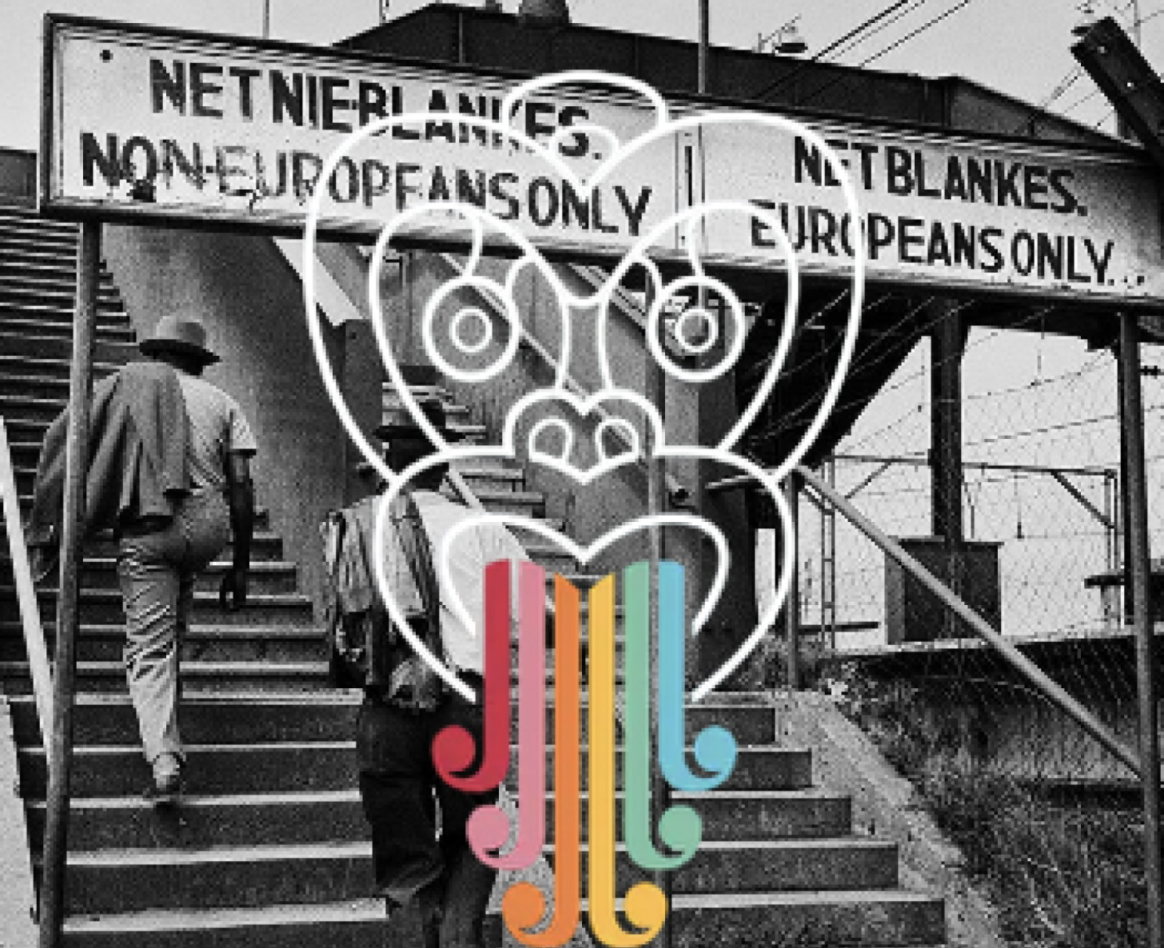Cultural Norm
Remember when Maori Affairs Minister Peter Sharples flew secretly to New York to give a speech to the United Nations and sign New Zealand up to a declaration on indigenous rights?
It was April 19, 2010, just over a decade ago. Little did the New Zealand people then realise the ramifications and long-term consequences of such a controversial move … but now it’s exposed as clearly a key piece of the ‘jigsaw puzzle’ of law changes that are part of the relentless march that is pushing the country towards an apartheid state!
In 2010, the government of the day, John Key’s National Party in coalition with ACT, United Future and the Maori Party, came under attack from partner ACT for the secret signing.
ACT leader Rodney Hide declared he was surprised and appalled by the action. Hide told Parliament that the declaration was a breach of his party’s ‘no surprises’ agreement with the Government. In an emotional speech, he said the agreement provided Maori with rights and privileges not held by other New Zealanders.
Hide accused National and the Maori Party of a covert signing and claimed the move was divisive. He was right – this had been precisely the reason the then-Prime Minister, Labour’s Helen Clark, had refused to sign it when leading the previous government.
Clark, to her great credit, had held that the UNDRIP agreement was incompatible with New Zealand’s constitution, legal framework and the Treaty of Waitangi. Like Hide, she raised concerns that “indigenous people” would have more rights than the non-indigenous.
Hide was right on another point too. There is little doubt that Key had been as devious as Sharples in their method of operation.
For starters, Key denied he’d shrouded the declaration in secret. He claimed the decision to maintain complete silence in advance over Sharples’ trip to New York was out of respect for him. The Prime Minister claimed he did not want to “steal Dr. Sharples’ thunder”.
“If we told you Pita is going to New York, obviously people would have put two and two together,” Key told the media. “I thought it was a nice touch.”
In fact, this was not one of Key’s most glorious moments. Far from it. It transpired that the smooth-talking Key had also kept Sharples’ trip secret while on a trip to Canada a day or so before the declaration. He was asked then, by a reporter, about New Zealand’s position on the declaration on indigenous rights. He claimed then that decisions were still to be made.
Key, who nowadays resides in Hawaii, also claimed New Zealand’s endorsement of the declaration would not change “our fundamental laws or constitution”. On the announcement by Sharples, Key said it was “a good day for New Zealand”. This country’s endorsement was more symbolic in nature than anything else as New Zealand laws took precedence, Key declared.
Meanwhile, then-Foreign Minister Murray McCully told Radio New Zealand that the Government would spell out areas where it would not follow the non-binding declaration. Some of those would be areas inconsistent with the Treaty of Waitangi and mechanisms for settling treaty claims, he said.
“This is the practice that’s been adopted by other countries that have recently adopted the declaration as well; it’s to adopt it in principal and then make it clear that there are some (aspects) of their national agenda that cause them to do things differently.”
But on his return to New Zealand, Sharples expressed disappointment at McCully’s interpretation.
“It is disappointing to hear that Mr McCully has viewed the joining of New Zealand in support of the declaration in such a negative way because United Nations gave us a standing ovation that lasted for some time and New Zealand can now hold its head high in the nations of the world…”
The declaration recognised the rights of indigenous peoples to self-determination, to maintain their own languages and cultures, to protect their natural heritage and manage their own affairs.
In recent years, it is the last point – “to manage their own affairs” – that has gathered enormous pace towards iwi-group separatism – amidst growing concern from the non-Maori populace (and including many Maori) that this outcome is not what the majority wants for their future.
As for the indigenous aspect of the UNDRIP move back in 2010, even Maori oral history firmly rejects the idea that Maori were in New Zealand thousands of years ago – like the Aborigines of Australia who go back 40,000 years. Maori oral traditions famously always describe the arrival of their ancestors in a number of large ocean-going canoes (waka) in about 1350 – not so long before Abel Tasman’s journey here in 1642.
The best-known and extensively studied archaeological site, at Wairau Bar in the South Island, shows evidence of occupation from the early-13th century to the early-15th century. But more significantly, this is the only known New Zealand archaeological site containing the bones of people who were born elsewhere!
Please share this BFD article so others can discover The BFD.

